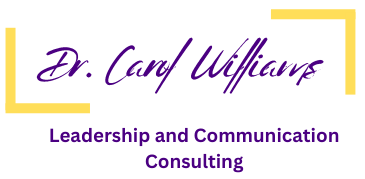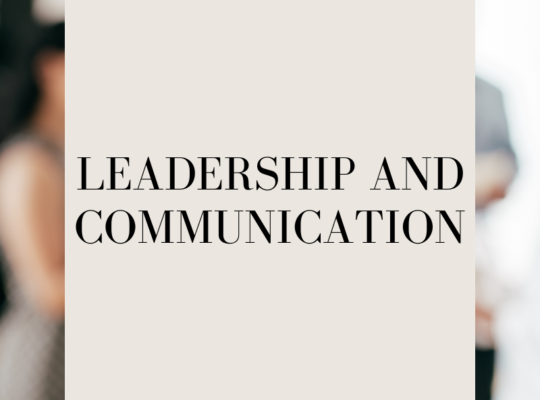In today’s fast-paced world, the word “leadership” can often carry a heavy burden. For some, it conjures images of stress, pressure, and a never-ending list of responsibilities. It’s no wonder that many people might shy away from the concept, viewing it as a daunting task rather than an opportunity. But what if we reframe our thinking? What if we recognize that leadership is not a four-letter word—something negative or to be avoided—but rather a powerful tool for growth, empowerment, and positive change?
Leadership as Empowerment
At its core, leadership is about empowerment. It’s the ability to inspire and motivate others to reach their full potential. Effective leaders don’t just command; they cultivate an environment where team members feel valued, heard, and supported. This kind of leadership isn’t about being the loudest voice in the room; it’s about being the most thoughtful, the most considerate, and the most effective in bringing out the best in others.
Redefining Leadership as Positive Influence
Too often, leadership is associated with authority and control. However, true leadership is about influence. It’s about guiding others toward a common goal with integrity and respect. Leadership, in this light, is a positive force—one that can drive innovation, foster collaboration, and create lasting impact. By redefining leadership as influence, we move away from the misconception that it’s a role reserved for those with the loudest voices or the most power, and instead recognize it as a skill that can be developed and honed by anyone.
Leadership as Growth and Learning
Another misconception about leadership is that it requires perfection. The truth is, great leaders are not perfect—they are learners. Leadership involves continuous growth, both personally and professionally. It’s about embracing challenges, learning from failures, and constantly striving to improve. This growth mindset not only benefits the leader but also sets a powerful example for others. When leadership is seen as a journey of growth rather than a fixed destination, it becomes something accessible and achievable for everyone.
Leadership as Collaboration, Not Command
In the traditional sense, leadership might be associated with issuing commands and expecting compliance. However, modern leadership is far more collaborative. It’s about working alongside others, valuing diverse perspectives, and making decisions that benefit the whole rather than the few. Leadership in this context is inclusive, respectful, and democratic. It’s about building strong relationships and fostering a sense of community within teams. By viewing leadership as collaboration, we move away from the outdated notion of the solitary leader and embrace a more holistic, inclusive approach.
Leadership as a Choice, Not a Title
Finally, it’s important to remember that leadership is not tied to a title or position. Leadership is a choice. It’s the choice to take responsibility, to step up when others step back, and to lead by example. Whether you’re the CEO of a company, a manager of a small team, or an individual contributor, you have the capacity to lead. Leadership is about the decisions you make, the actions you take, and the impact you have on those around you. It’s a mindset, not a title.
Conclusion
Leadership is not a four-letter word—it’s an opportunity. It’s a chance to make a difference, to inspire others, and to contribute to something greater than oneself. By reframing our understanding of leadership as empowerment, positive influence, growth, collaboration, and choice, we can embrace it as a powerful tool for personal and professional development. Leadership, in its truest form, is not something to be feared or avoided, but something to be embraced and celebrated.
So, the next time you hear the word “leadership,” don’t shy away. Instead, step forward with confidence, knowing that you have the power to lead—and to lead well.

